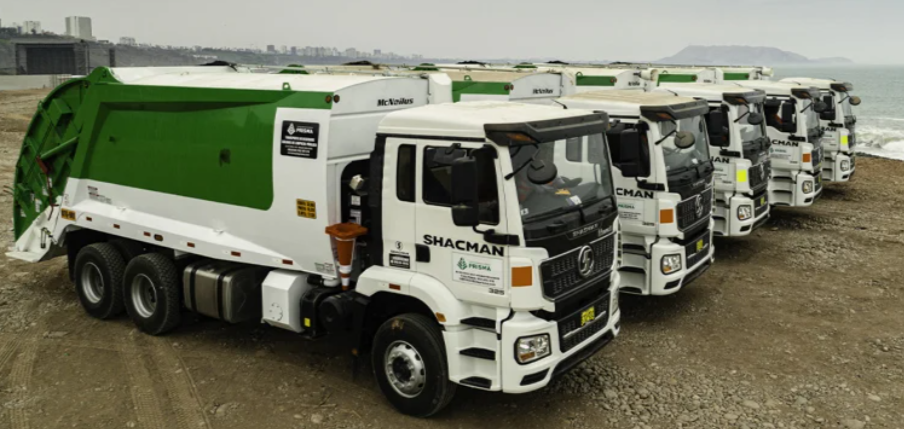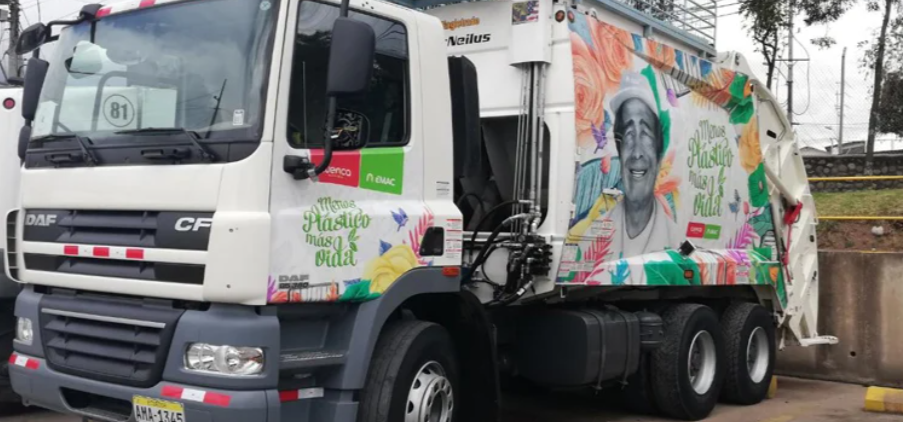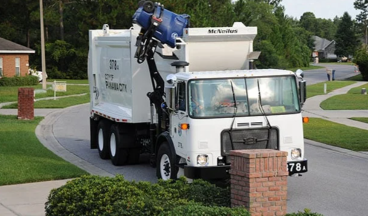Hyzon, a U.S.-based hydrogen fuel cell system maker, made headlines in October 2024 with a major step forward in decarbonizing waste management. The company confirmed a deal with GreenWaste, a leader in recycling and innovation, to deliver North America’s first 12 hydrogen-powered refuse Fuel Cell Electric Vehicles (FCEVs). This move not only highlights hydrogen’s potential for heavy-duty industries but also shakes up the competition among electric vehicle makers. Meanwhile, companies still testing the waters with alternative fuel sources can turn to proven options like the McNeilus Rear Loader M2 Series, offered by Haaker Refuse across Los Angeles, San Diego, Central Valley, and Phoenix, to keep operations efficient without breaking the bank. These discussions bring up big questions about how waste management can grow cleaner while staying cost-effective. We’ll dive into hydrogen’s rising role, how EV makers are upping their game, and smart ways to scale equipment. How can smaller companies catch up without overspending? What’s the learning curve for hydrogen tech? We’ll walk through the answers for these questions and more.

Hydrogen Power Innovations
GreenWaste previously achieved a milestone by operating the first full-sized electric side-loading waste collection truck. Now, the company plans to lead once again by introducing hydrogen-powered zero-emission vehicles to its North American fleet. Tracy Adams, GreenWaste’s CEO, stated, “For years, we have led in sustainable resource recovery and recycling. This new investment in zero-emission technology strengthens our industry leadership and commitment to managing waste responsibly through innovative methods.”
Hydrogen-powered vehicles, or fuel cell electric vehicles (FCEVs), operate like electric vehicles but don’t use large rechargeable batteries. Instead, they rely on fuel cells and pressurized hydrogen tanks. The fuel cells separate electrons from hydrogen molecules to produce electricity for the motor. Extra electricity is stored in a small lithium-ion battery, typically under 2 kWh, to provide bursts of power when needed. The only byproduct of this process is water vapor. The debate between hydrogen and electric vehicles may intensify following recent federal grants of $7 billion to support hydrogen production. Honda is also preparing to release a hydrogen-powered version of its popular CR-V crossover. Hydrogen cars offer faster refueling and longer range compared to similarly sized electric vehicles. However, without sufficient infrastructure, these benefits may be overshadowed by more practical alternatives.
Electric Vehicles
Electric vehicles (EVs) are cars, SUVs, and trucks that use electric motors instead of traditional engines. They replace multi-speed transmissions and fuel tanks with battery packs made of lithium-ion cells. Most EVs feature simple single-speed transmissions. These batteries are charged by connecting to the power grid. Battery pack capacities typically range from 60 to 100 kilowatt-hours (kWh). When comparing hydrogen-powered cars to EVs, EVs are the clear preference due to their widespread use and established charging infrastructure. In 2023, over one million electric cars were sold in the U.S., while fewer than 3,000 hydrogen fuel cell vehicles found buyers. Hydrogen cars face several challenges, including lower energy efficiency and a lack of affordable, accessible fueling stations.
Several reasons have driven the success of EVs, explains Sergey Paltsev, a senior research scientist at the MIT Energy Initiative. One factor is cultural appeal. Tesla’s popularity in the 2010s significantly boosted global interest in EVs. However, cost remains the biggest driver. While hydrogen cars like the Toyota Mirai and Hyundai Nexo start at $50,000 to $60,000, many EVs are becoming more affordable. This is largely due to falling lithium-ion battery prices. Although EVs are still generally pricier than gas-powered cars, government incentives often reduce the price gap. Research by Paltsev and his team shows that the lifetime cost of owning a hydrogen vehicle has decreased but remains high. Hydrogen fuel costs make ownership about 40% more expensive than owning a gasoline vehicle and roughly 10% higher than an EV. EVs have another major advantage: the existing electrical grid. Transitioning to EVs on a national scale requires building more charging stations and increasing electricity production, ideally from clean energy sources. However, Paltsev notes that these challenges are smaller compared to creating a hydrogen infrastructure from scratch. As he puts it, “You don’t really need to create another infrastructure for electric cars.”
The McNelius Rear Loader M2 Series
With ongoing advancements in both hydrogen and electric vehicle technologies, choosing an alternative fuel vehicle can feel uncertain. Customers value having choices, which is why we offer a practical solution for global refuse collection. The McNelius M2 Series Rear Loading Refuse Truck is designed for international haulers seeking a lightweight, dependable rear loader. Its straightforward maintenance and durable construction allow it to be mounted on a single-axle chassis. Available in 17-, 20-, 25-, and 28-cubic-yard configurations, the M2 Series shares many features with the Standard Rear Loader but offers a more versatile design. Its rugged build and low maintenance costs make it an appealing choice for fleets looking to enhance operations while controlling expenses. As fleets navigate the complexities of integrating alternative fuel equipment, the McNelius M2 Series Rear Loading Refuse Truck delivers reliable performance, helping optimize efficiency before committing to newer technology.

Hydrogen and electric vehicles (EVs) are reshaping waste management, particularly in the pursuit of cleaner energy. However, many companies face a tough choice when deciding which technology to invest in for the long term. The McNeilus M2 Rear Loader offers a robust, dependable option for organizations not quite ready to commit to hydrogen or EV but needing to meet today’s international hauling standards. Its durable design, proven efficiency, and compliance with global regulations make it an ideal fit for businesses maintaining operations while waiting for hydrogen or EV advancements to mature. This flexibility allows operations to continue without disruption, giving waste management companies the time and data they need to determine the best future strategy for their fleet. If you want the perfect balance of performance and adaptability, gear up with Haaker Refuse. If you’re ready, just message us or call us at (909) 598-2706 today.


